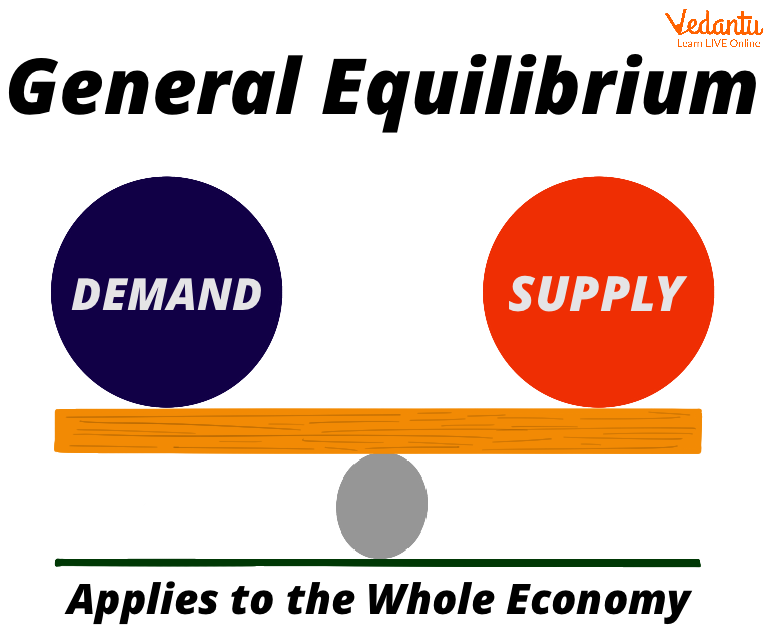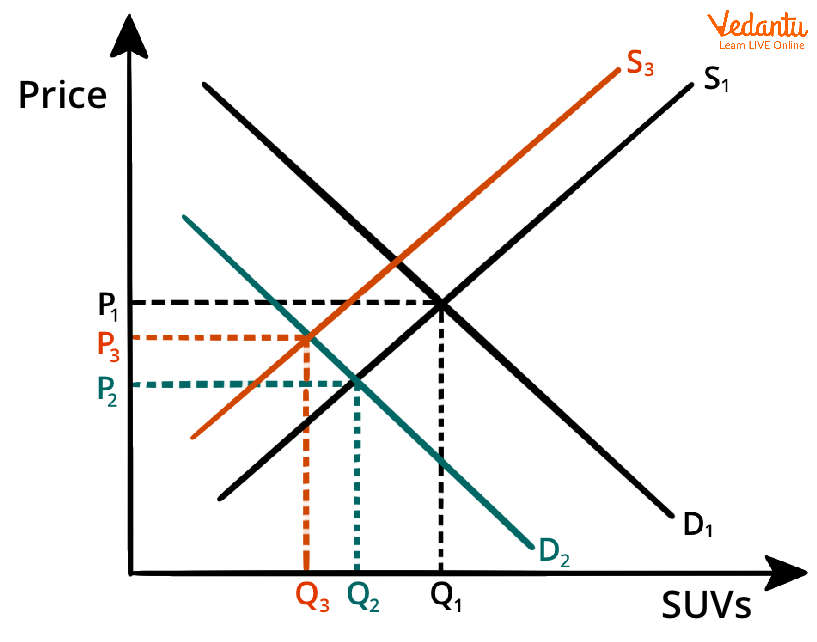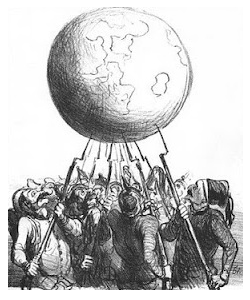




An Overview
General equilibrium is a theory that attempts to explain the functioning of an economy's demand, supply, and price factors. It is not related to a single or specific market. This theory was developed by French economist Leon Walras in the late 19th century. This theory is also known as Walrasian General Equilibrium.

General Equilibrium Theory
General Equilibrium Macroeconomics
The economy is in general equilibrium when product prices make each demand equal to its supply. The following are some conditions in this market:
All the consumers maximise their satisfaction.
All the producers maximise their profit.
The total amount demanded equals the total amount supplied in the markets.
Assumptions of General Equilibrium Theory
The income of the consumers is constant.
The tastes and preferences of the consumers are constant.
Returns to scale are constant.
All the firms operate under similar cost conditions.
The production techniques are the same.
How does General Equilibrium Theory Work?
The general equilibrium theory is the same as economic equilibrium. Both theories are used to study economics. According to these theories, the interaction of demand and supply will lead to a whole general equilibrium.
Walras explained the concept of general equilibrium theory by describing the simple economy. In the economy, two goods could be exchanged. Everyone in the economy is assumed to be a buyer of one product and a seller of another.
Under this model, demand and supply would be interdependent as goods consumption will depend on the income derived from selling the goods. The price of the goods would be decided according to the bidding process. He explained this in terms of individual sellers. According to him, there can be no exchange of goods until the equilibrium price is reached.

How General Equilibrium Theory Works
General Equilibrium Analysis
General equilibrium analysis is concerned with determining prices and quantities in interconnected markets.
Objectives of General Equilibrium Analysis
It provides a theoretical tool to understand an economy's working, structure, and major contributors.
This theory also analyses the inter-relationship among various sectors of an economy.
This theory is also applied to determine the effects of economic disturbances.
Uses of General Equilibrium Analysis
This theory is used in the development of various programs in economics.
Monetary theory and policy have been transformed with the introduction of this theory.
Limitations of General Economic Analysis
This theory is based on unrealistic assumptions which are contrary to real situations in an economy.
This theory is based on the assumption that producers and consumers produce and consume the same products. But in reality, they have different opinions.
The Power Equilibrium Theory
Power equilibrium theory, also known as balance of power, is an equilibrium theory. It means equilibrium between the states and should prevent any one of them from becoming strong to impose powers on the rest.
Assumptions of Power Equilibrium Theory
According to this theory, states are determined to protect their rights and interests.
The power position of the states can be measured with a degree of accuracy.
The statesmen can make important decisions based on power considerations.

Power Equilibrium Theory
Conclusion
From the above discussion, general equilibrium can be achieved only when the demand for the product is equal to the supply of the product. Moreover, the consumer's decision regarding the product and the producer regarding the production of each product should be skilful. General equilibrium theory is considered the most complete existing model of economics. This theory views the economy as a vast system of mutually interdependent markets and makes one aware of the complexity of the real world. Moreover, this theory also leads to the optimal allocation of resources.
FAQs on General Equilibrium Theory
1. What are partial and general equilibrium in economics?
Partial equilibrium is related to the particular sector of the economy. This concept was introduced by Alfred Marshall. Partial equilibrium is concerned with each market individually. The main advantage of this is it allows an analyst to focus on one thing properly without considering the economy as a whole.
On the other hand, general equilibrium considers the interdependence among the various sectors of an economy. This is a logical and systematic approach to studying the various economic variables.
2. What are some uses of general equilibrium analysis?
Some uses of general equilibrium analysis are the following:
A Complete Picture of Economic Equilibrium - It represents a complete picture of an economy in equilibrium where consumers are satisfied, and producers have achieved maximum profits.
To Understand Complex Problems in the Market - General equilibrium analysis helps predict an economic event's consequences.
To Understand the Working of the Pricing Process - The general equilibrium analysis is also useful in explaining the working of prices in an economy.
3. Explain partial equilibrium analysis and general equilibrium analysis of a tariff in a small country.
We will consider how the tariff affects that economy in partial equilibrium analysis. There is an assumption that a world price is there and the behaviour of consumers and producers will not affect this price. The tariff will only have an impact on the target country.
In general, equilibrium analysis would consider how other countries react to tariffs. Since tariffs are applied to imported goods. This analysis would be more complicated as we are not considering a single good in the market.




































